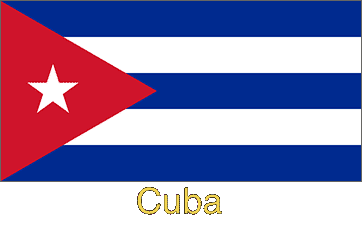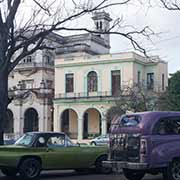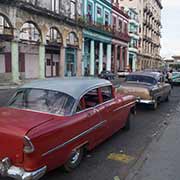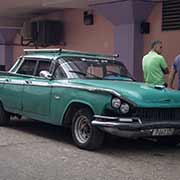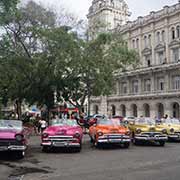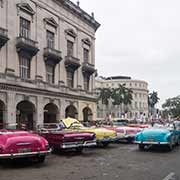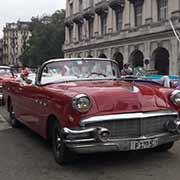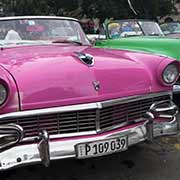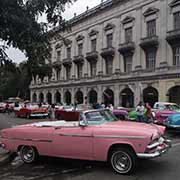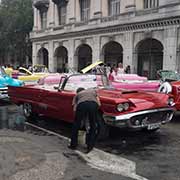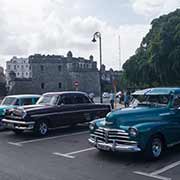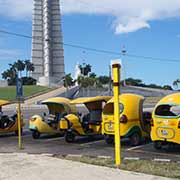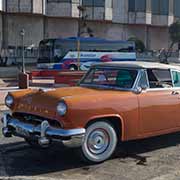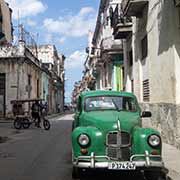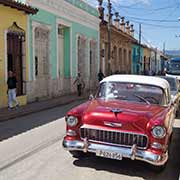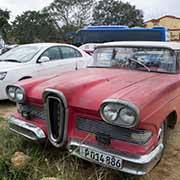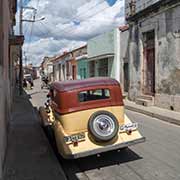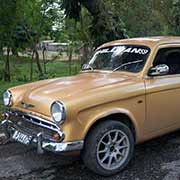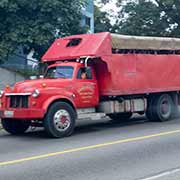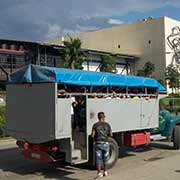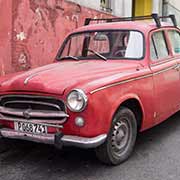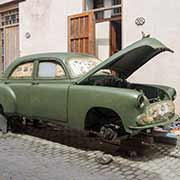Photos of The Vintage cars of Cuba, Cuba
The Vintage cars of Cuba
Cuba is one huge rolling car museum, with mainly American vehicles dating from the 1950s (and some even older) and some Russian ones. Most have been kept running with hand-built and improvised parts, and most seem lovingly maintained. Many serve as taxis and, in Havana, dozens of shiny open cabriolets lure tourists for a tour along the Malecón.
you may then send it as a postcard if you wish.
This situation goes back to the victory of Fidel Castro’s Cuban Revolution in January 1959. Because of the American boycott and the hostility of Cuba’s leader against the United States, Cuba imposed a ban on importing foreign vehicles. No new foreign-made cars could be bought, and spare parts became impossible to get for the old American cars. Because Cuba tilted to the Soviet Union, some Russian made Volga, Lada, and Moskvitch cars were imported; many remain, but they are easily outnumbered by American (and some European) cars.
Those restrictions no longer apply, and Cuba’s road increasingly sees foreign cars appearing: Korean, Japanese and European brands, although these are expensive. So many of the old American classics are kept running, although nowadays, you may get a ride in an ancient Chevrolet with a new Mercedes or Peugeot engine. Because those old cars have become so iconic, it is unlikely they will disappear from Cuba’s roads soon.


